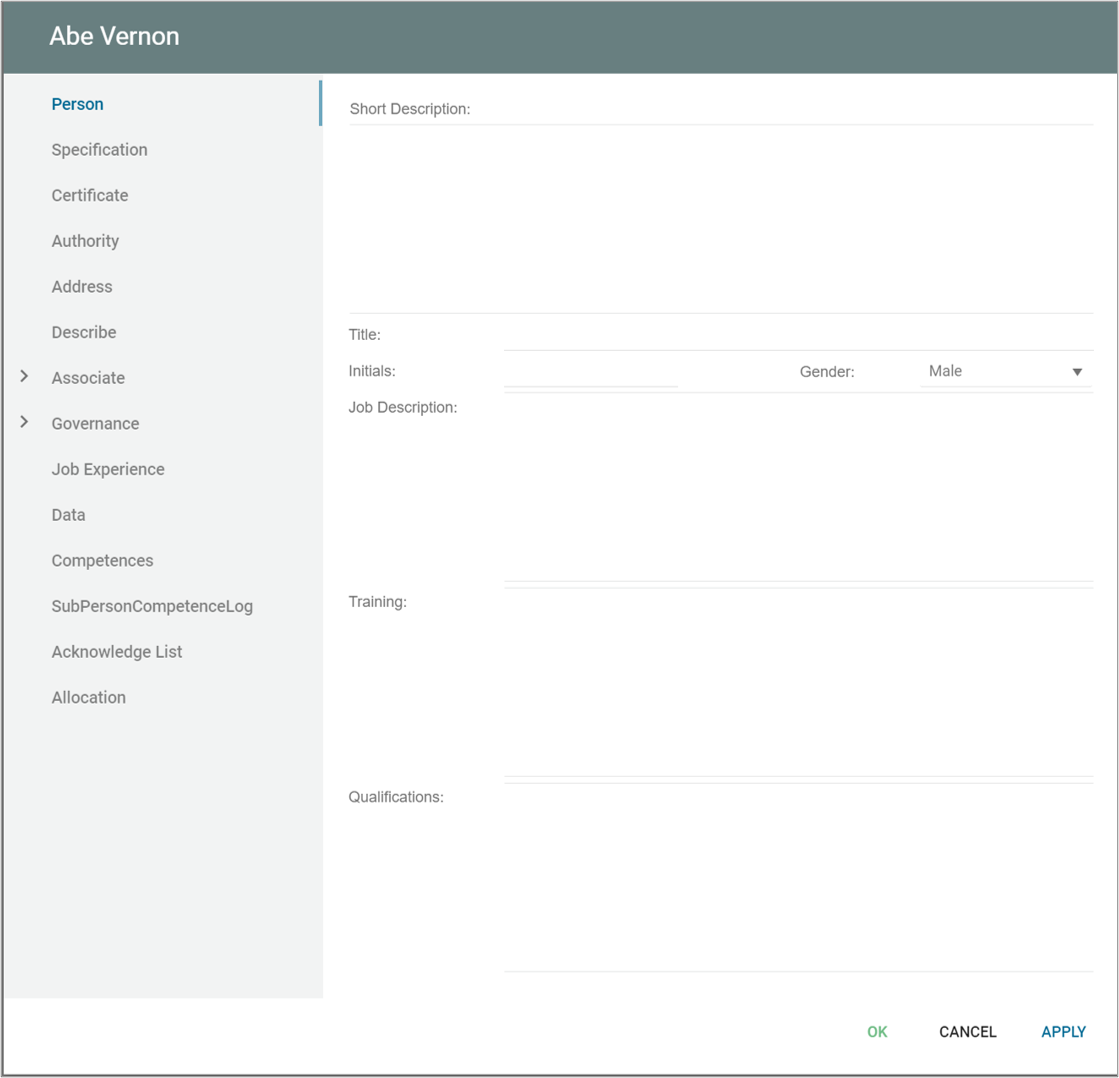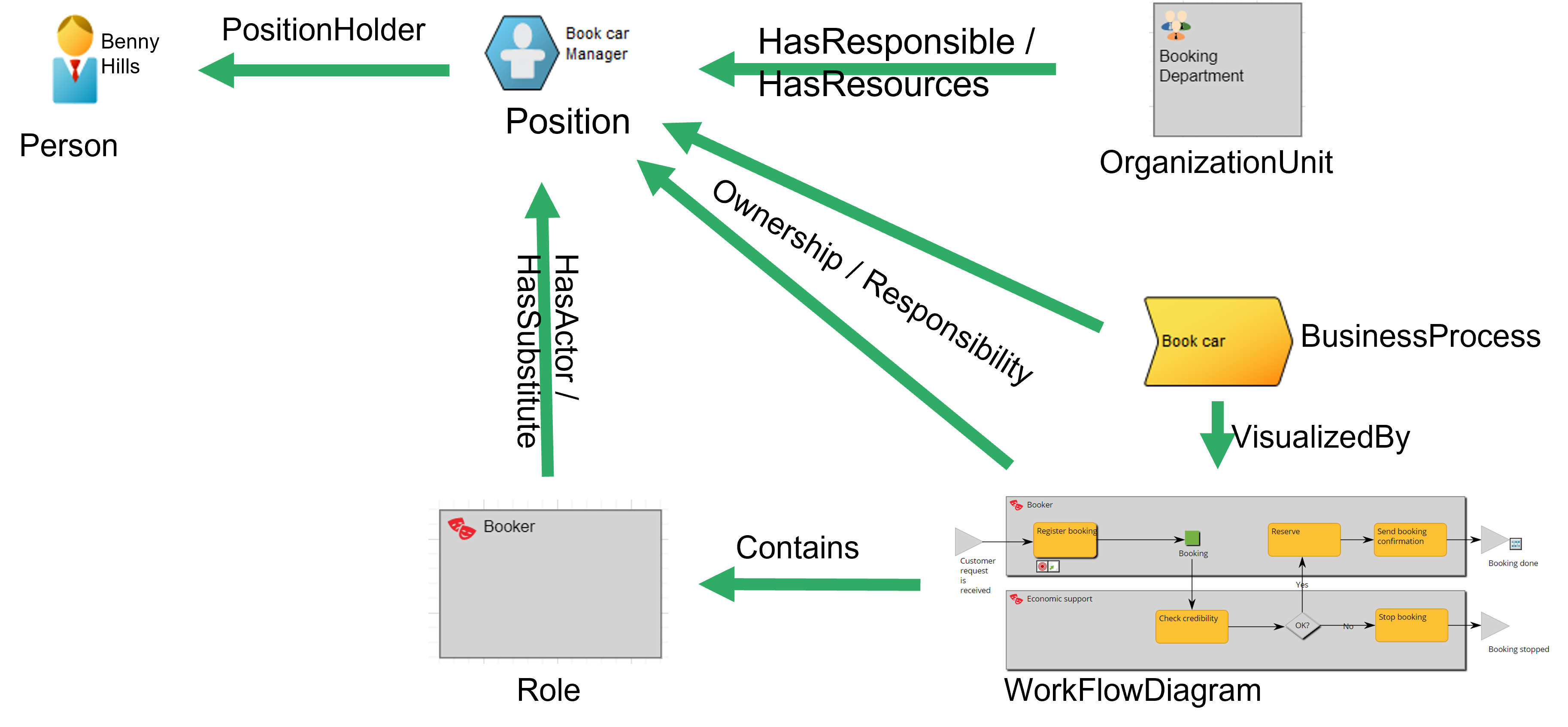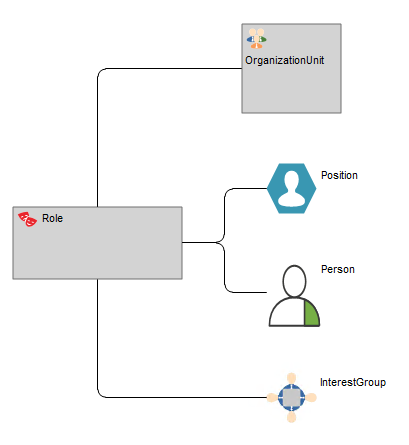Description of this template will be available soon.
Archives: Templates
Templates and model types in the QualiWare platform.
Physical Name
Description of this template will be available soon.
Physical key
Description of this template will be available soon.
Physical Foreign Key
A PhysicalForeignKey represents a foreign key constraint between two tables in a relational database. The foreign key constraint enforces referential integrity by ensuring that the values in the foreign key column(s) of one table (the referencing table) correspond to the values in the primary key or unique column(s) of another table (the referenced table).
In a Relational Diagram, the PhysicalForeignKey template is used to model relationships between tables that are based on foreign key constraints. This helps to maintain data consistency and integrity across related tables in the database schema.
Example: In a Relational Diagram for a system that manages an online store, you might have two tables: “Orders” and “Customers”. The “Orders” table has a column called “customer_id” that represents the customer who placed the order, and the “Customers” table has a column called “id” that serves as the primary key for each customer record. To model the relationship between these tables and enforce referential integrity, you can create a PhysicalForeignKey constraint from the “customer_id” column in the “Orders” table to the “id” column in the “Customers” table. This constraint ensures that every order in the “Orders” table must have a valid “customer_id” that corresponds to an existing record in the “Customers” table.
Persona
A persona is a fictional representation of a typical customer that is used to understand their motivations, goals, pain points, and behaviors. Personas are created based on data, research, and insights gathered about a target customer segment, and are designed to help organizations understand the customer’s perspective and needs.
Personas are a crucial component of customer journey mapping as they provide a human-centric view of the customer journey, helping organizations to empathize with their customers and design solutions that meet their needs. By creating personas, organizations can develop a deeper understanding of the customer’s journey and identify areas for improvement, such as bottlenecks, pain points, or opportunities for up-selling.
When creating personas, it is important to consider factors such as demographics, psychographics, and behaviors, as well as the customer’s goals and motivations. This information can then be used to design a customer journey map that reflects the customer’s perspective and experiences, and helps organizations to create a more customer-centric experience.
Person
A Person template captures the relevant data for a person in the repository.
A Person-object can be described with a set of attributes.

A person object can be related to a set of other organizational objects as illustrated below.

Performer
The connection Performer is used to show relationship between a Role and a organizational object (Organizational unit, Person, Position, InterestGroup) in a diagram (e.g. organizational diagram).

Performance Visual Appearance
Description of this template will be available soon.
Performance Normalization Rule
Description of this template will be available soon.
Performance Normalization
Description of this template will be available soon.
